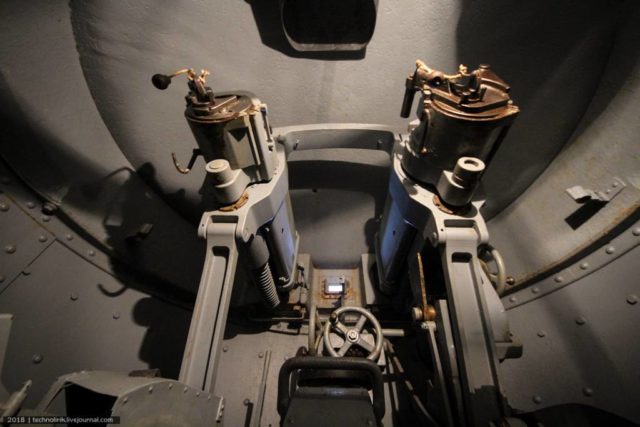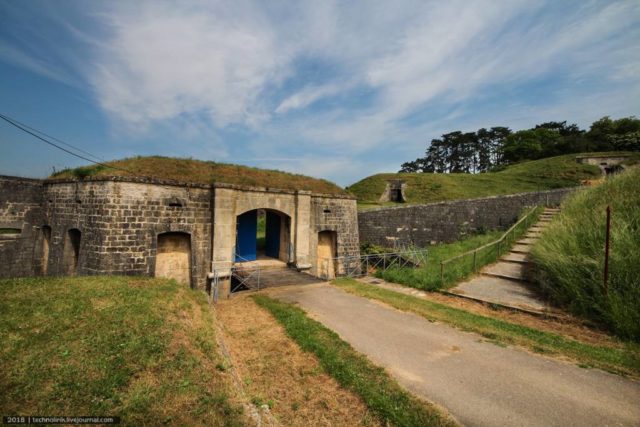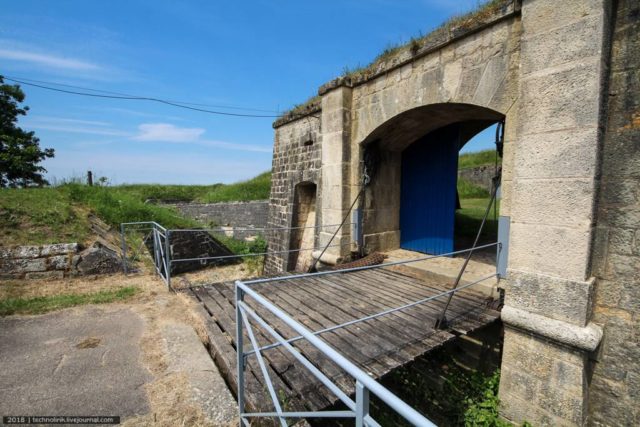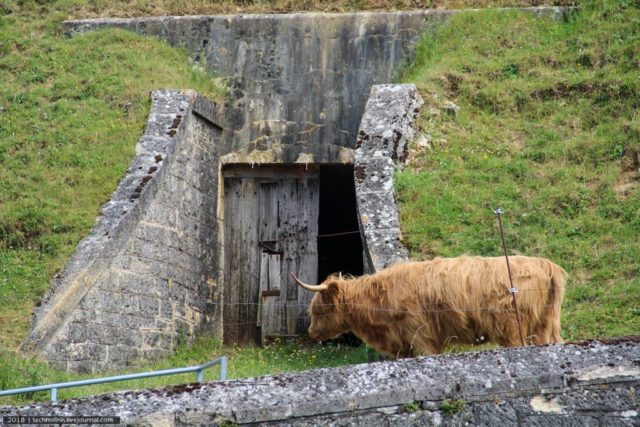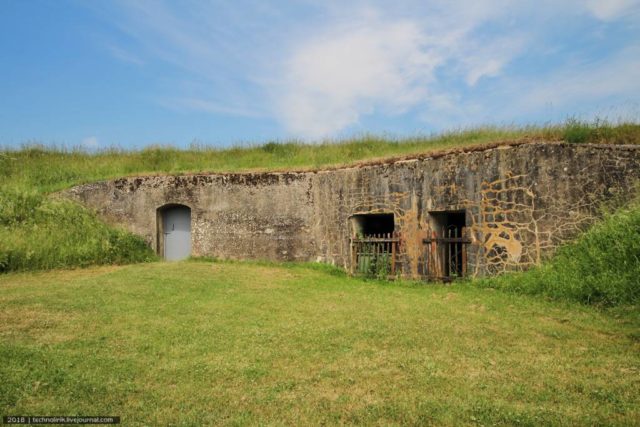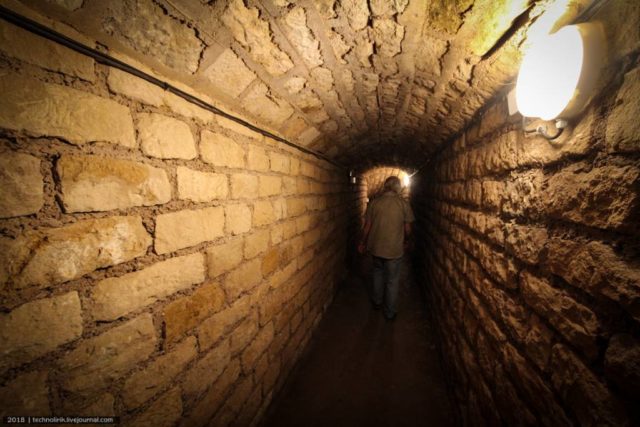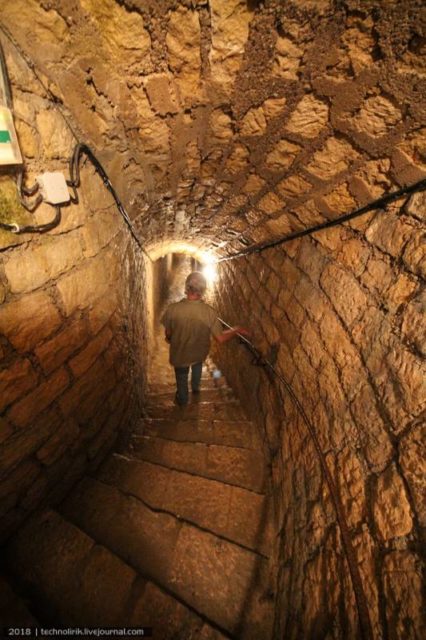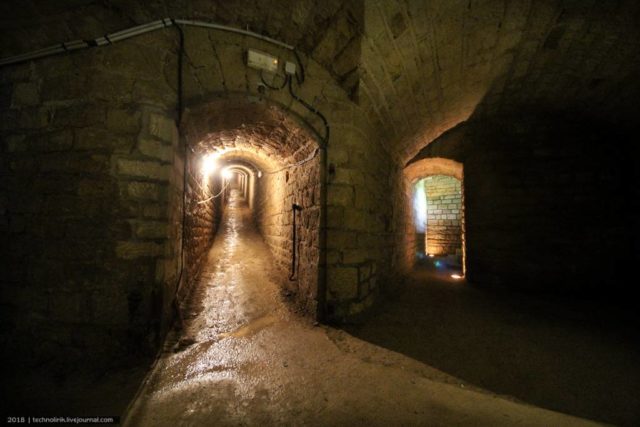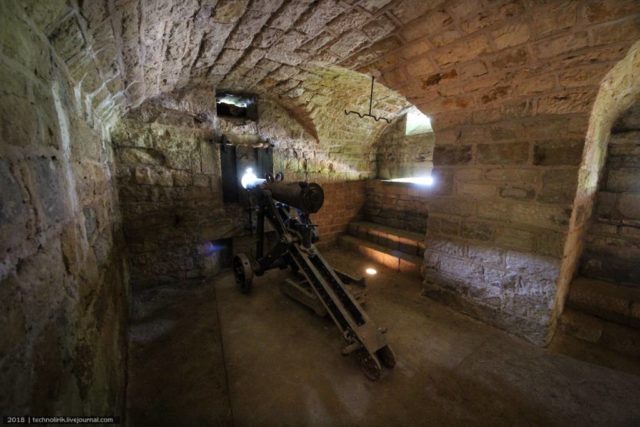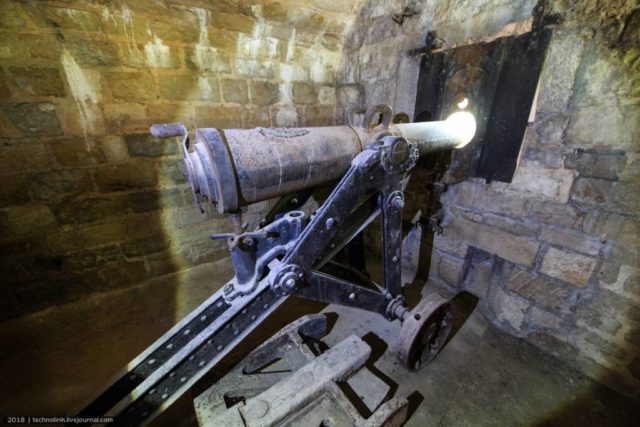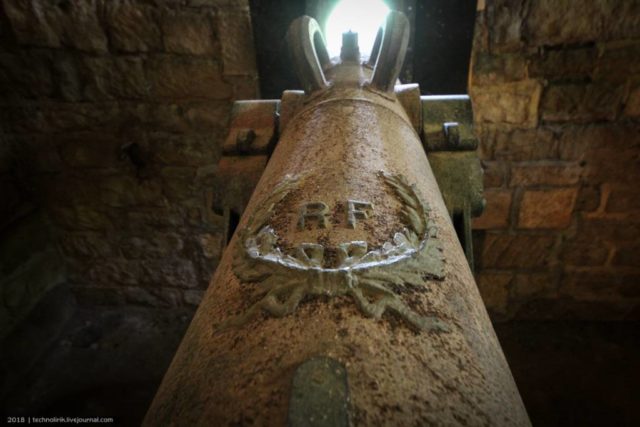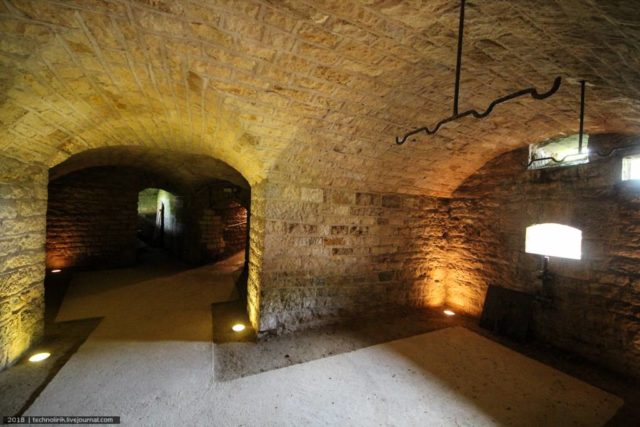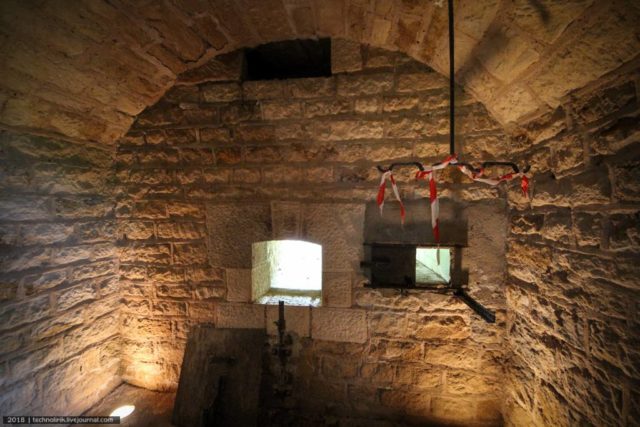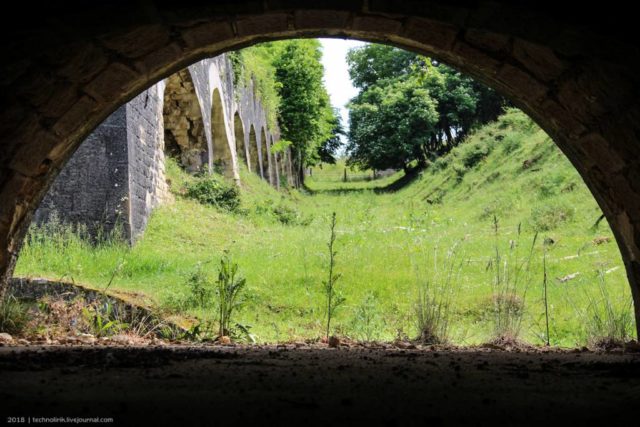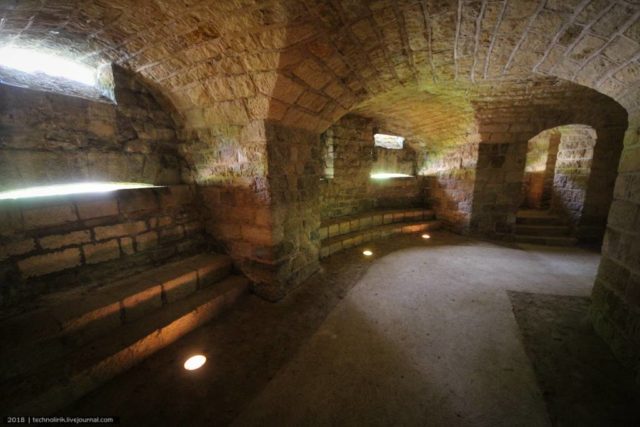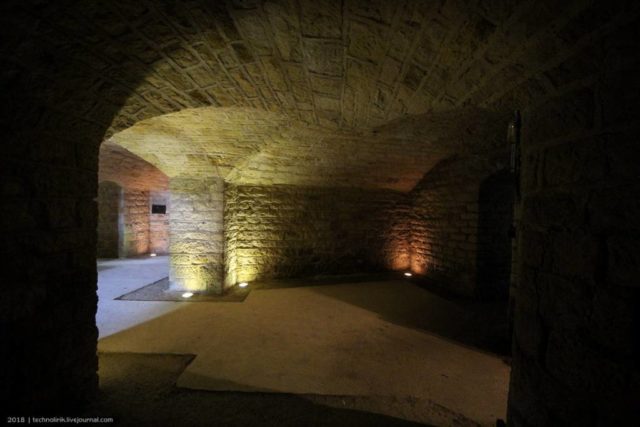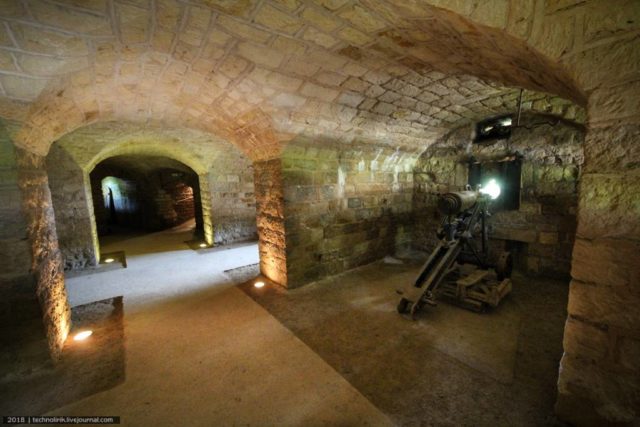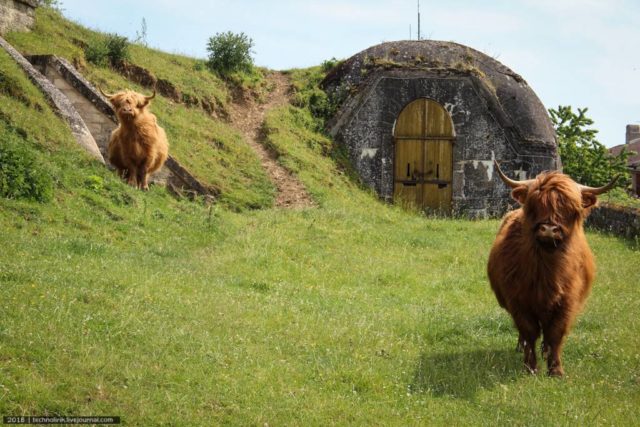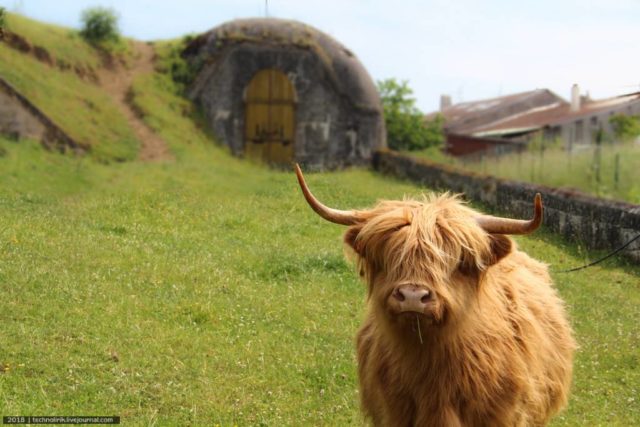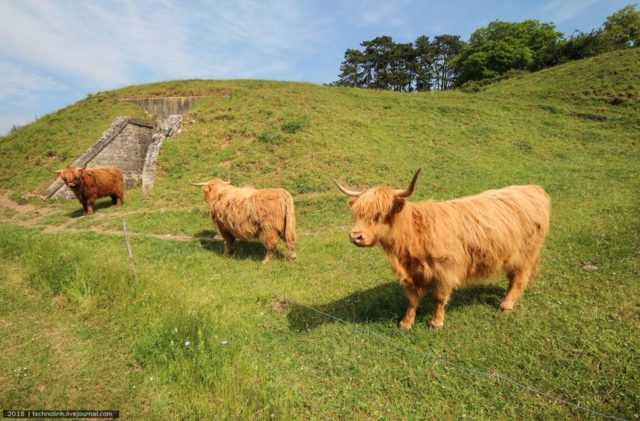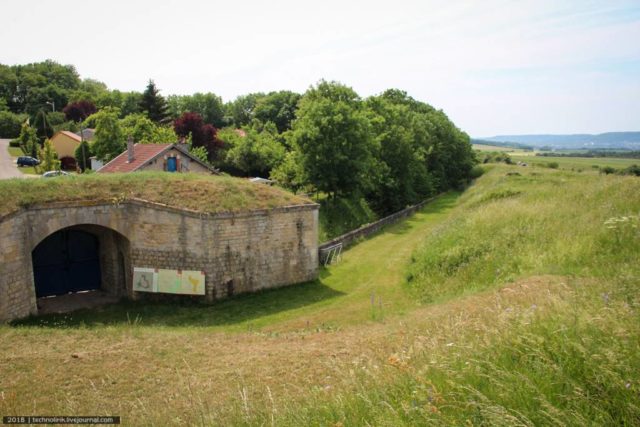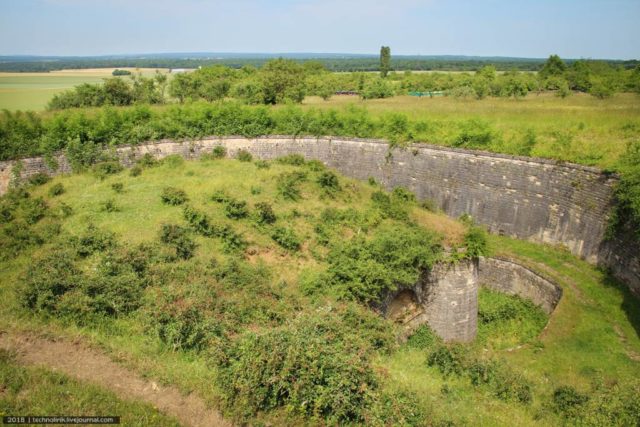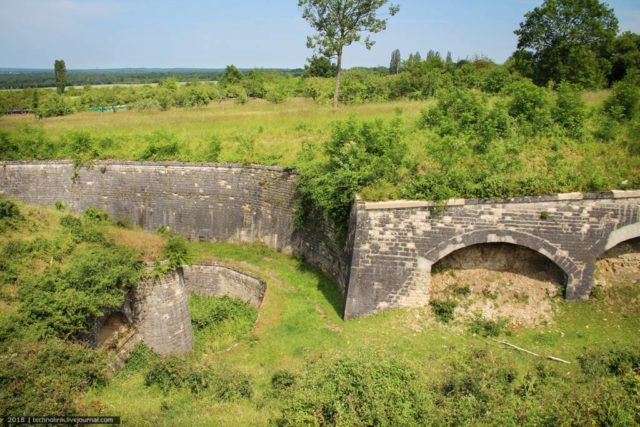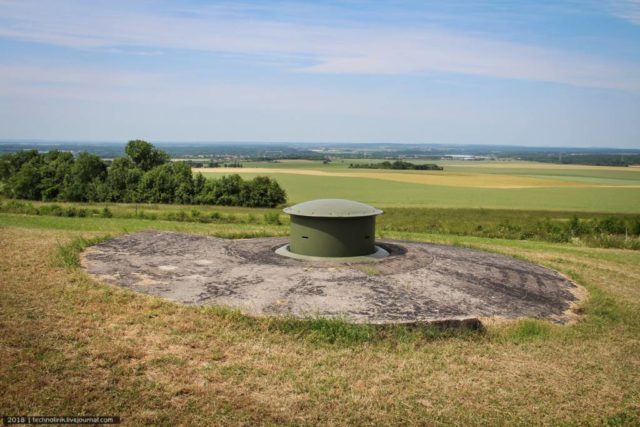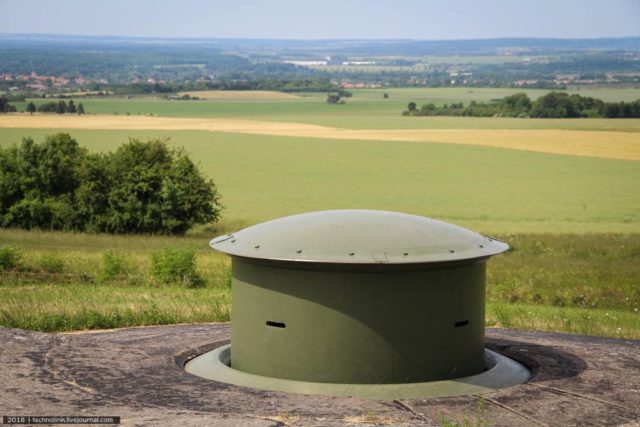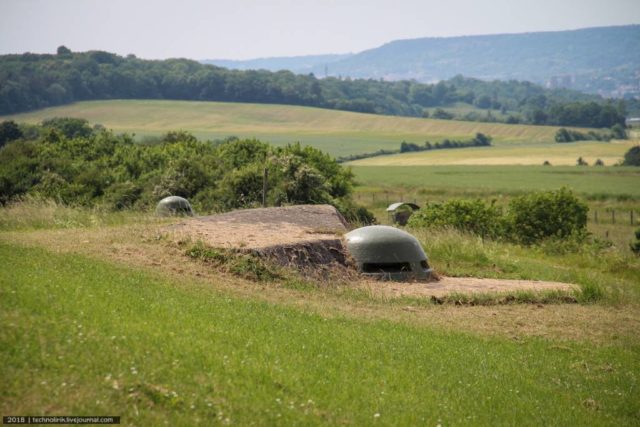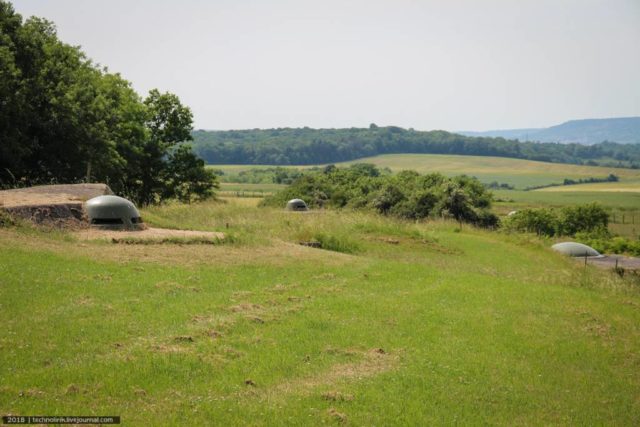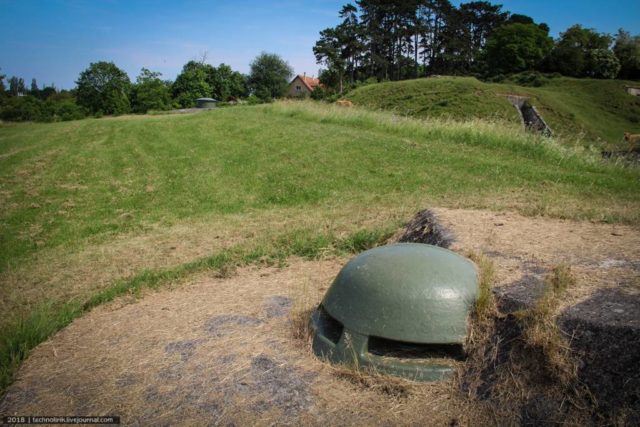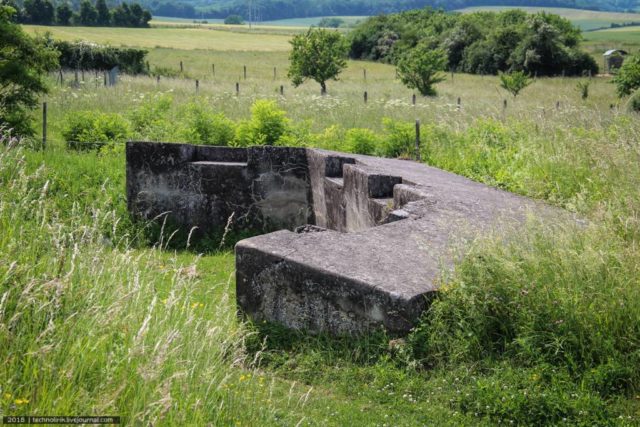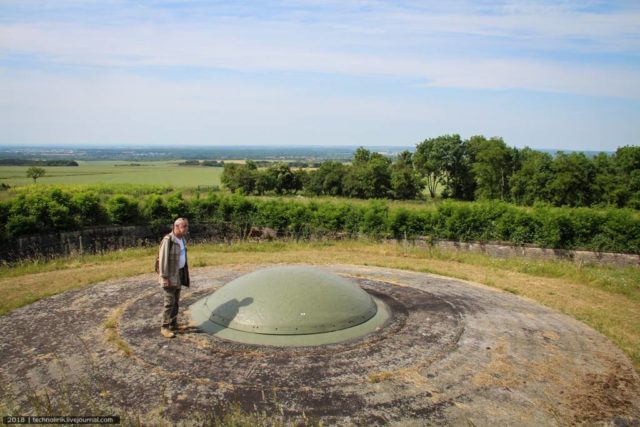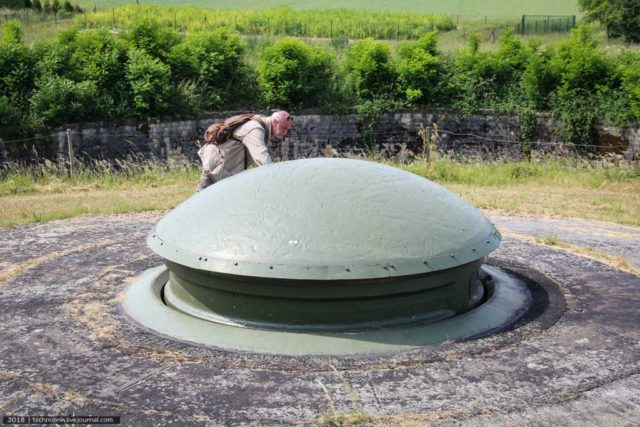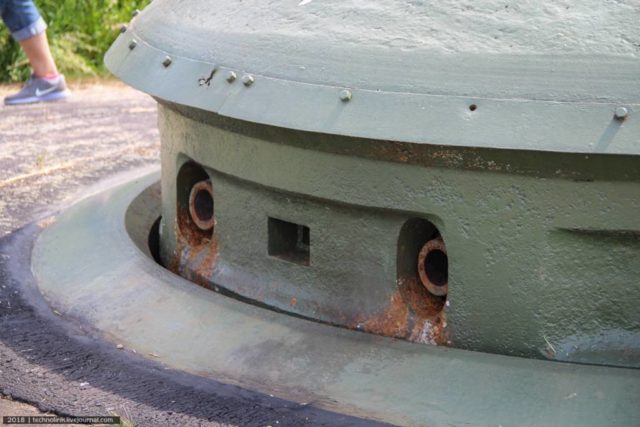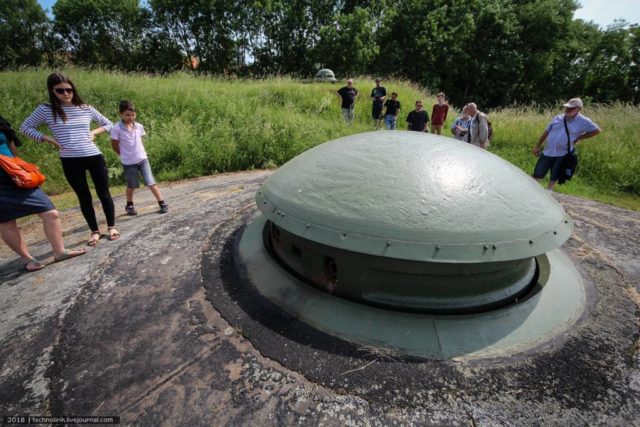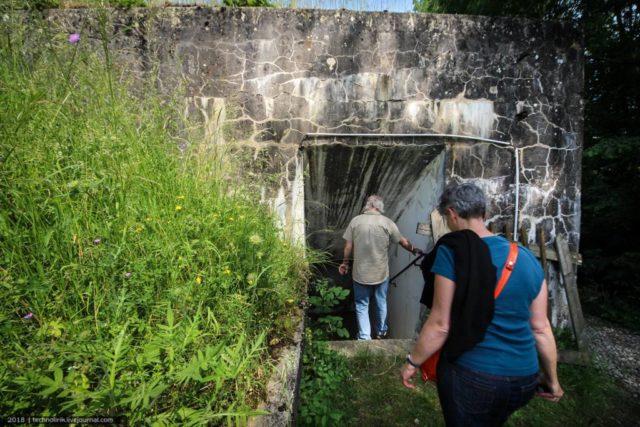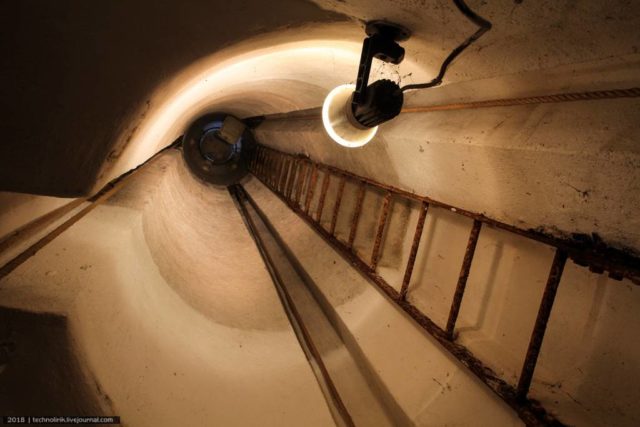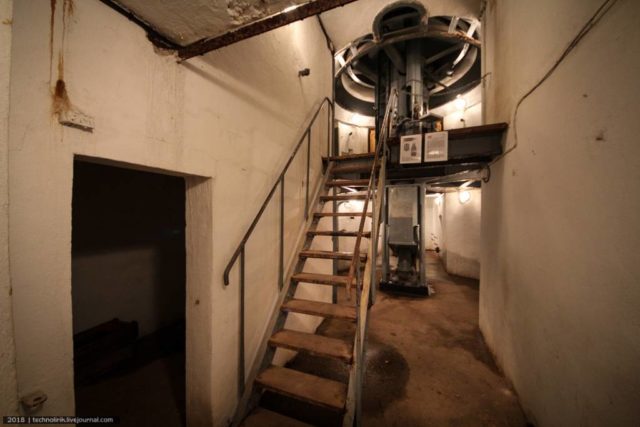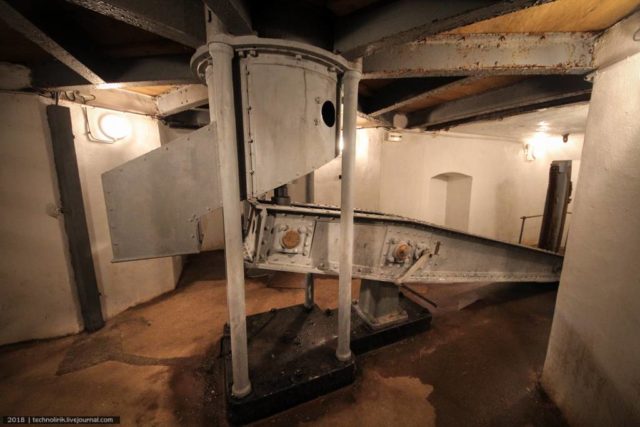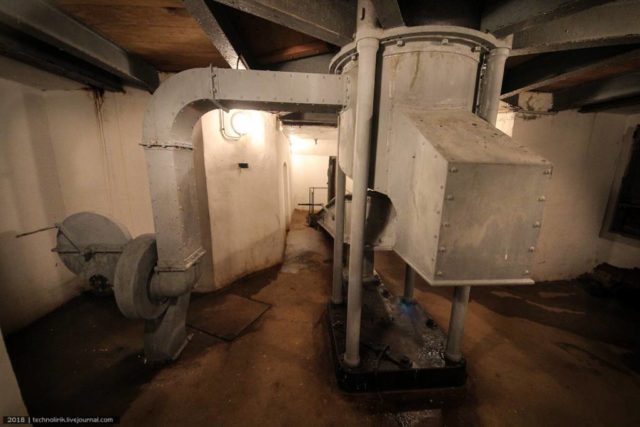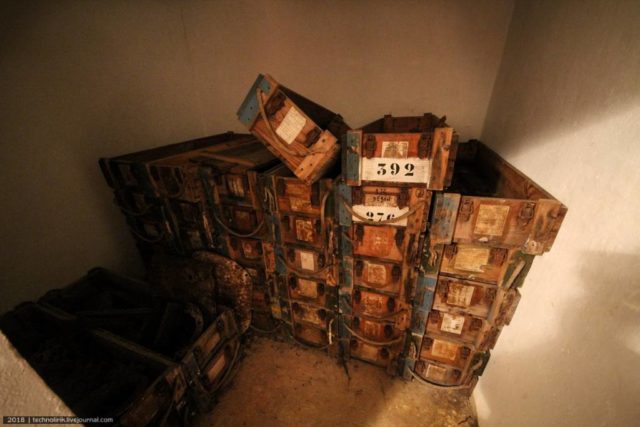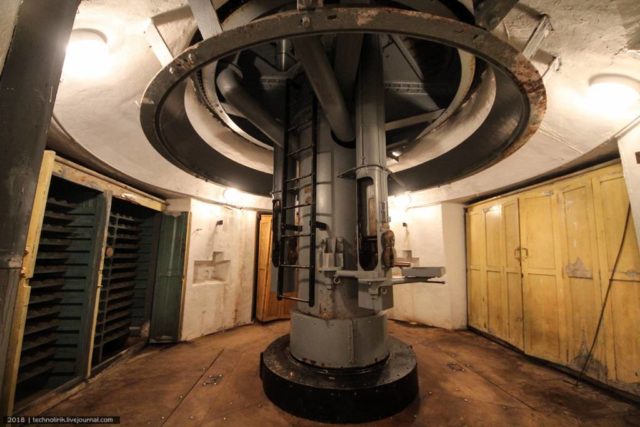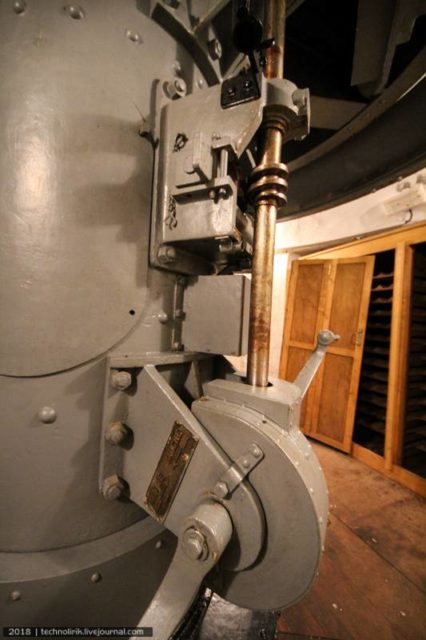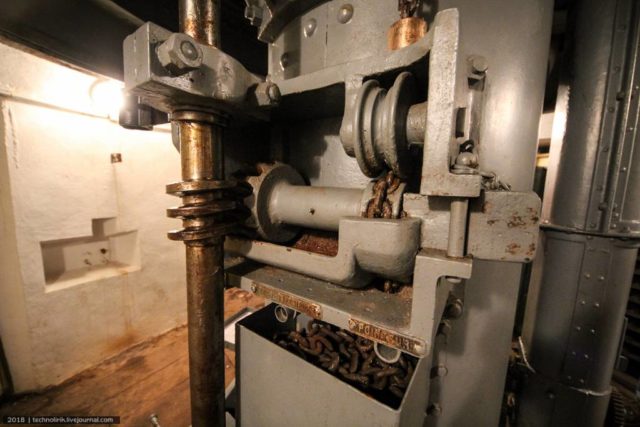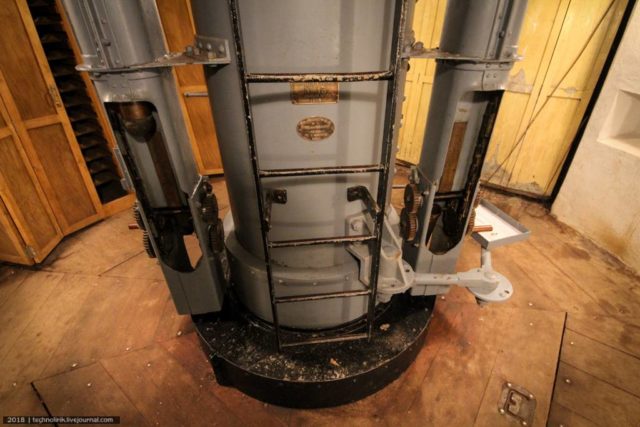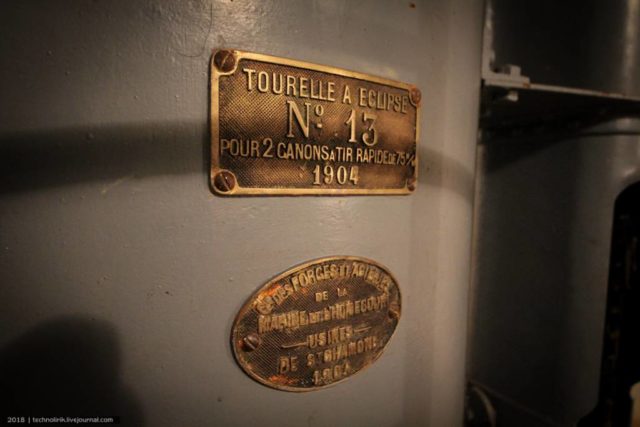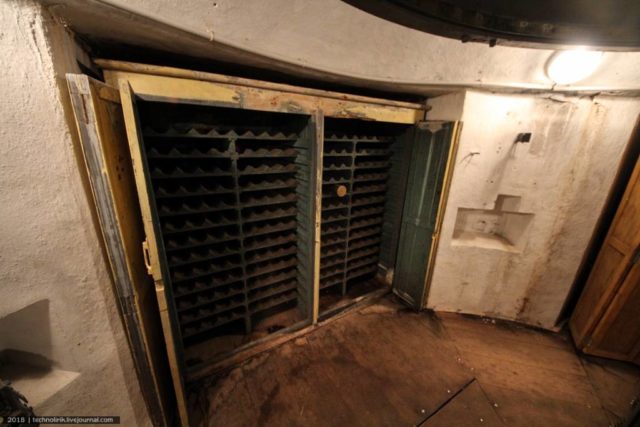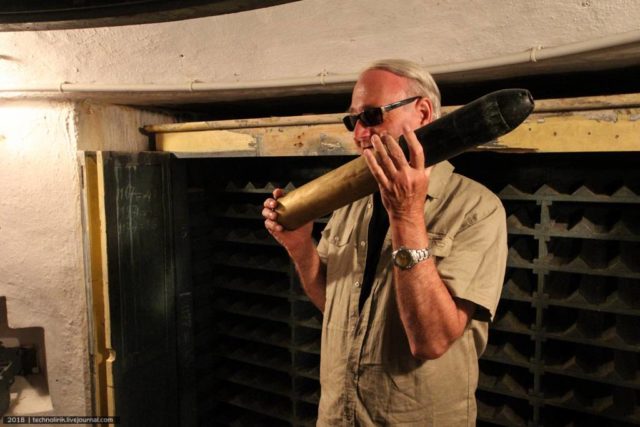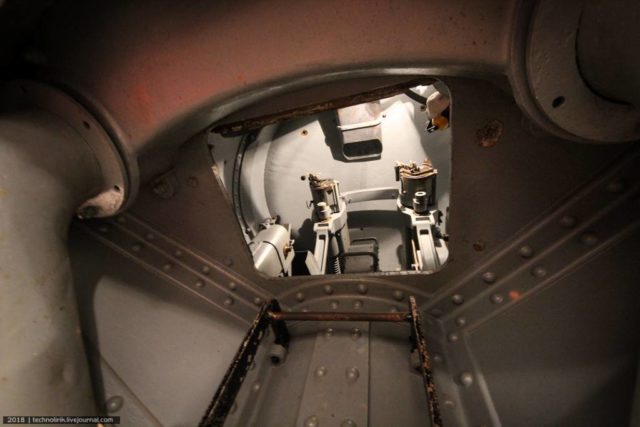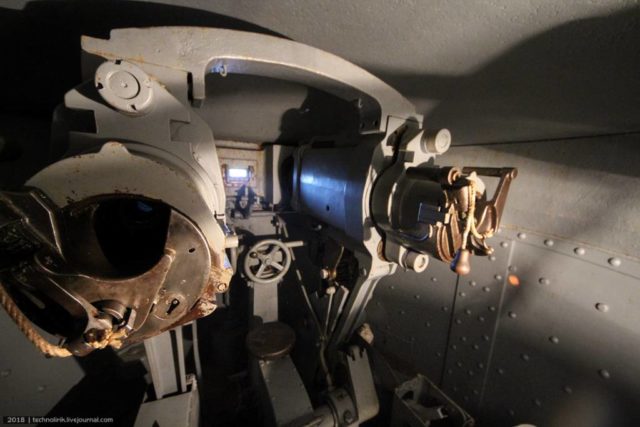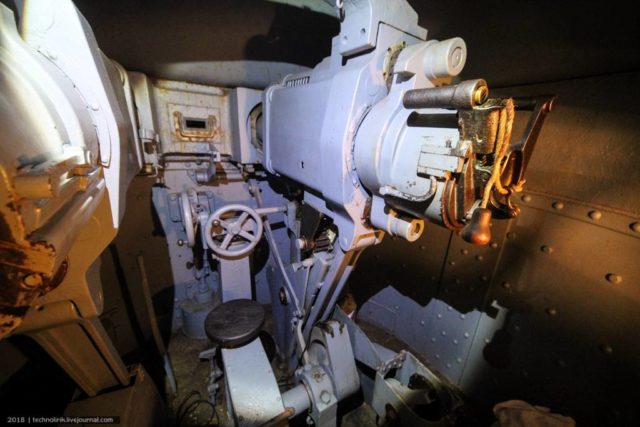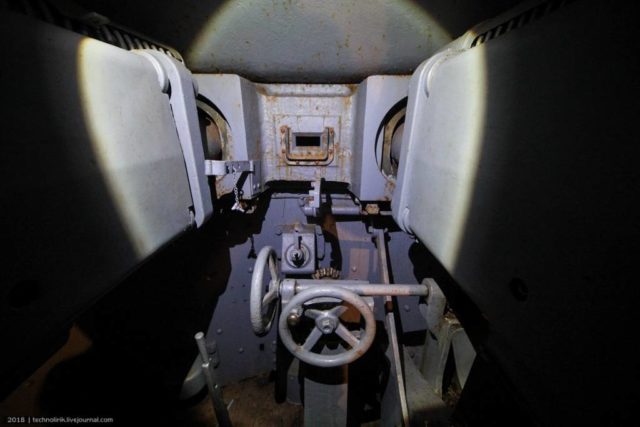After the French defeat in the Franco-Prussian War of 1870-1871, France lost two North-Eastern regions – Alsace and Lorraine – to the victorious Germans. The French realized that something had to be done in order to protect the border against their aggressive neighbor, the newly formed German Empire. General Raymond Adolphe Séré de Rivières had the answer.
The innovative military engineer came up with a defense concept called Barrière de Fer: the Iron Barrier. The plan was to build a defensive line of fortifications along the French-German border. This defensive line is also known as the Séré de Rivières system.
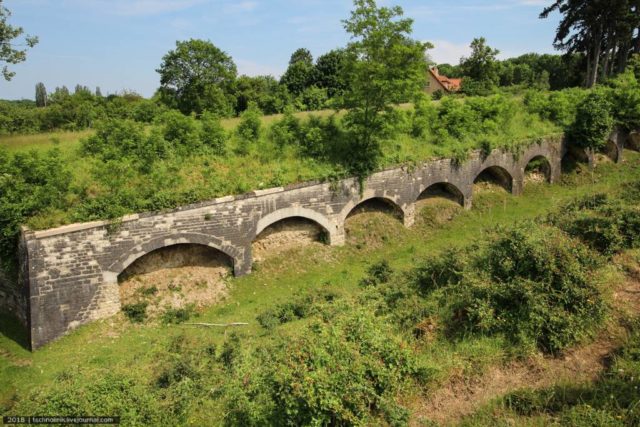
The French started to erect the Iron Barrier in the 1870s, and its construction and modernization continued until the beginning of the First World War. From 1874 to 1885, 166 forts and more than 200 artillery batteries were built. After 1885, all structures had to be modernized because new and more powerful artillery weapons – high-explosive shells – were invented.
Fortifying strategically important cities was the fundamental principle of the Séré de Rivières system. The cities were surrounded by rings of forts and the intervals between them were covered by single forts. The four strongest and most powerful fortresses of the Séré de Rivières system – Verdun, Toul, Epinal, and Belfort – were built on the border with Alsace and Lorraine. There was an open passage between Toul and Epinal to provoke the Germans to attack in this area where only small groups of troops could pass, thus making them an easier target for the French.
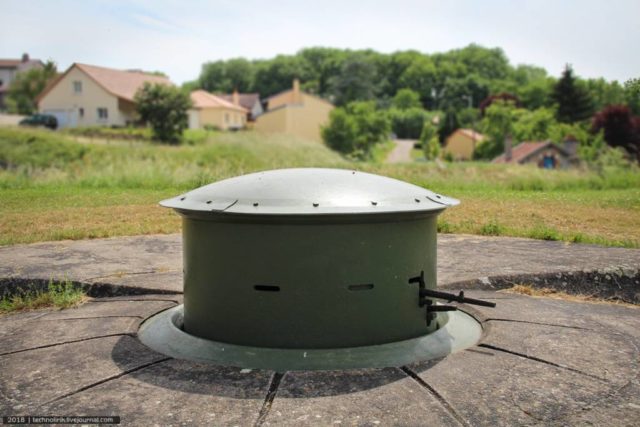
Fort de Villey-le-Sec was part of the fortified belt around the city of Toul, which was at the time an important transport hub on the Paris-Strasbourg route. It was the most important fort of Toul’s defense ring.
The fort was built during four years, from 1875 to 1879, on a hill 1,130 feet high. It had a unique design: it was built around the village of Villey-le-Sec and completely encircled it.
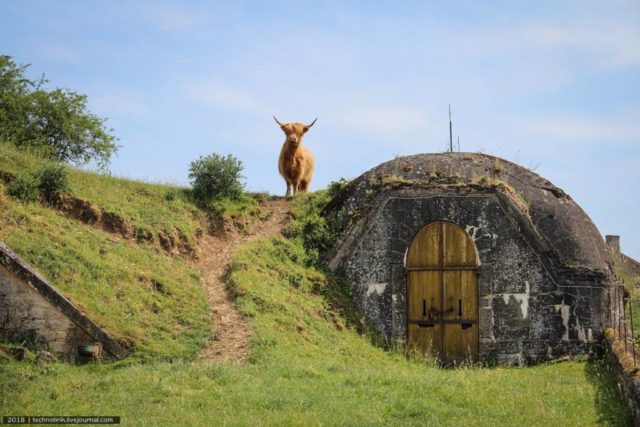
The main weapon, an armored turret with two 155-mm cannons, was installed only in 1882. A fortified narrow gauge railway was built to service the guns. When the fort was constructed, its garrison was 1,301 servicemen: 37 were officers, 56 non-commissioned officers, and 1,208 soldiers. It had two guns on the turret, eight mortars, 24 flanking guns, and 36 cannons at the ditch. With so many cannons and such a large garrison, Fort de Villey-le-Sec became one of the most powerful and expensive forts of the Iron Barrier.
It consisted of four elements surrounded by a moat. The principal structure was a square réduit: a fort of its own organized around the turret with two 155-mm guns. It had a moat and was intended for circular defense. There were also two artillery batteries – North Battery and South Battery, each an independent and self-contained combat structure – and a redan connecting the batteries. The redan had two facets, which were placed at a 120-degree angle and protruded toward the enemy. This allowed rifle and artillery slanting fire to be conducted.
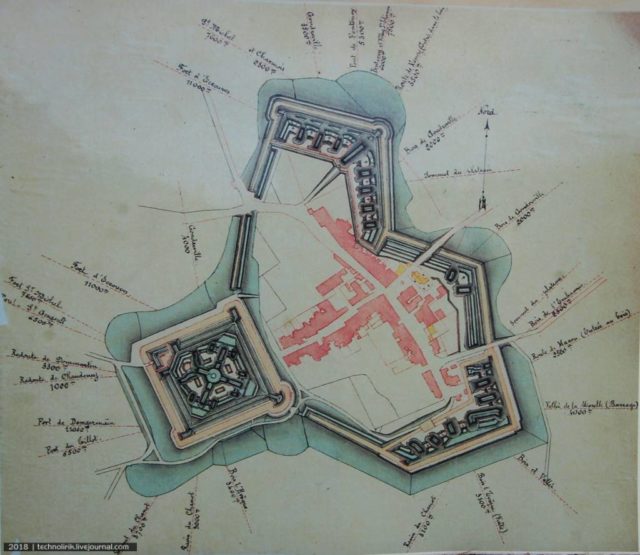
After the invention of high-explosive shells in 1886, all forts and structures of the Iron Barrier began to be strengthened and modernized so that they could withstand this new, much more destructive weapon. Walls and roofs were covered with concrete and weapons were hidden in retractable armored turrets.
In 1890, the modernization of Fort de Villey-le-Sec began. As part of measures to strengthen the fort’s defenses, new concrete shelters were created and elements of the fortifications were reinforced with concrete. North Battery was equipped with a retractable machine-gun turret: a turret with two 75-mm guns and eight armored observation points. Another similar turret with two 75-mm guns was installed at the redan.
Near the réduit, the construction of a battery consisting of two 155-mm guns placed in non-retractable armored turrets began. All concrete works were completed by the beginning of the First World War, but the armored turrets with guns were never installed. South Battery remained unchanged; its modernization never began due to the start of the war.
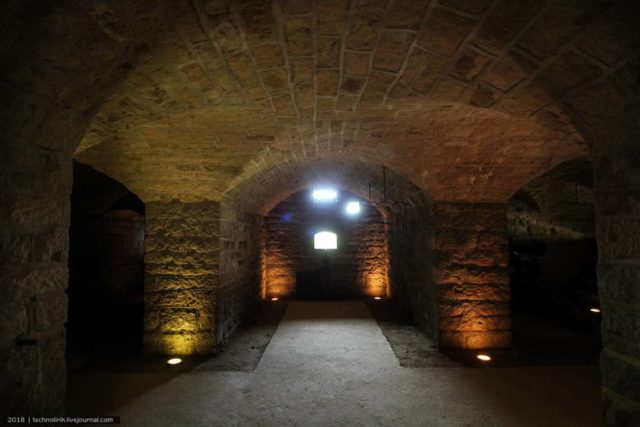
Fort de Villey-le-Sec never took part in any military action. It remained practically in its original form, with the exception of some minor damage caused by WWII aerial bombs.
In fact, apart from the Verdun forts, the Iron Barrier ironically did not get involved in any WWI battles. After the war, the forts lost their strategic importance because of new developments in weaponry and the construction of the Maginot Line. The once ominous forts were used to store ammunition and as barracks.
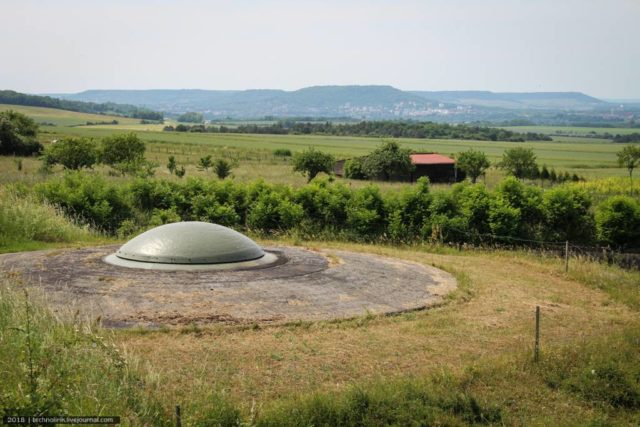
The Iron Barrier forts, unable to withstand modern weapons, were completely useless in the Second World War. After the war, most of the forts were abandoned and a few were turned into museums.
Fort de Villey-le-Sec is very well-preserved. In 1961, it was given the status of a historical monument because of its unusual design. From 1967, excursions around the site began to be organized. Now the fort is a major tourist attraction in the region. Apart from walking around a 19th century fortification in amazing condition, which in itself is a treat, excursions include riding the fort’s railway and shooting from a retractable armored turret equipped with 75-mm guns.
Today, we are going to visit the North Battery – one of the two artillery batteries of the fort.
A big thank you to technolirik for the photos and information! See more of his work here: technolirik
Interior view of gates to the North Battery:
The former concrete shelters are now home to cattle:
In this reinforced concrete traverse is an entrance leading to the battery caponier. It is the door on the far left:
An underground passage that leads to the caponier. It is made out of sandstone bricks like many French fortifications built prior to the 1890s:
A staircase to the casemates of the caponier:
Lower level:
Close defense of the battery was ensured by Canon 12 de culasse modèle 1884. The rate of fire of these cannons was three shots per minute. The recharge took about twenty seconds. One of these cannons you can see below:
There were many gun platforms and embrasures:
View of the moat from one of the embrasures:
The peculiar-shaped holes served to illuminate and ventilate the caponier:
The former shelters and barracks now serve as homes and grazing spots for cattle. In the background, a barrack can be seen. It was built when the battery was being modernized and was designed to house 104 soldiers.
So adorable!
The main gates to the battery. A view from inside the territory of the battery:
A view of the caponier from the outside:
Armored turrets were installed when the battery was being modernized in the 1900s. These turrets were typical turrets that were being installed at forts of the Iron Barrier. This type of turret was put into service in 1899. The thickness of the roof in the turret is 5 inches, which is to resist artillery of caliber up to 155 mm in a closed position. When pushed out, the turret became vulnerable to shells because the thickness of its side walls was only 0.6 inches (in 1902 it was increased to 0.8 inches), which made it possible to withstand only small arms and shrapnel.
The turret was equipped with two 8-mm Hotchkiss model Mle 1900 machine guns. Only one gun at a time could be fired; the second machine gun would have been in standby mode and located below the active machine gun. The rate of fire of the machine gun was 700 rounds per minute and the firing range was 1,860 yards.
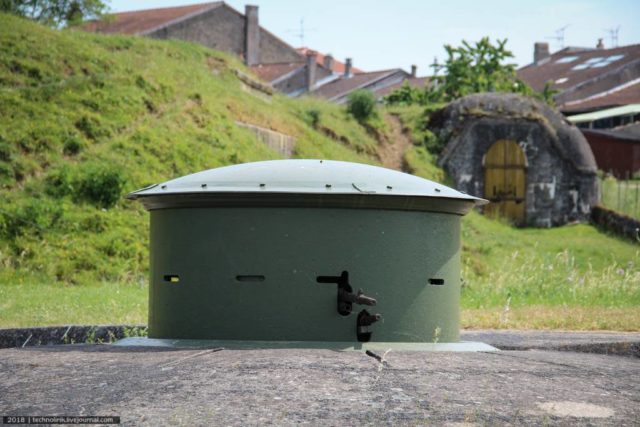
Another element of the modernization works were the armored observation points. They had three slits and a viewing angle of 240 degrees.
Inside were instruments for monitoring the terrain and artillery aiming. In total, 178 armored “hoods” of this model were installed at French fortifications from 1894 to 1917.
In this photo, both armored observational points of the battery can be seen. They are of different generations. In the background is the first generation (1893 – 1912) armored “hood.” In the foreground is an improved version that was installed in the forts from 1912 to 1914, which differed by an enlarged 20 cm (8 inch) diameter (100 cm as opposed to 80 cm in the predecessor).
The armored “hood” was 10 inches thick and weighed 7.5 tons. Such impressive armor provided protection from direct hits of almost all existing calibers of field artillery, except for large mortars like Big Bertha. In combat, observational points of this type proved to be not sufficiently practical; they were often covered with soil and concrete fragments if an explosion happened nearby.
Shooting positions for infantry in front of the observation point:
This turret with two 75-mm guns was installed at the battery in 1907. Turrets of this type – called Tourelle de 75 mm R modèle 1905 – were installed at the fortifications of the Iron Barrier from 1905 to 1914. The turret at the North Battery is operational and visitors can see it firing.
Entrance to the casemate of the 75-mm turret:
On the right is the shaft of the observation point. The circular platform – the “floor” – could be lifted and lowered. The fact that it could be lowered meant that if the soldier in the observation point was wounded, it was easy to safely evacuate them.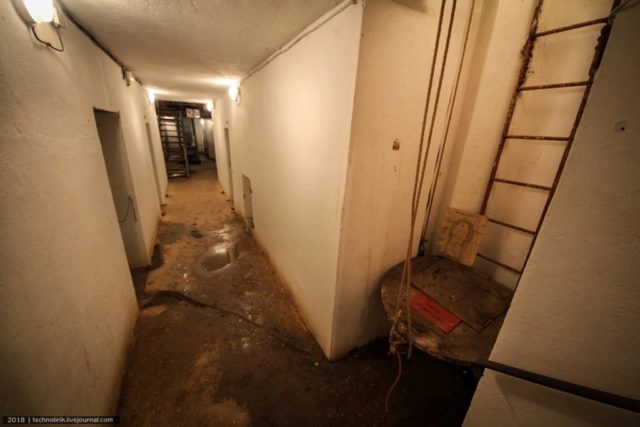
Mechanism of the retractable Tourelle de 75 mm R modèle 1905:
The turret was serviced by 15 servicemen. The range of the two 75-mm guns is 5,360 yards. The turret’s tower has 3 levels. It has a manual lifting mechanism and a ventilation system on the bottom floor.
On the middle level was the command post, which managed the coordinates for artillery aims. Here, the rotating mechanism of the turret was installed, as well as storage for 725 shells.
Ammunition shelves where shells used to be stored. Now, an original 75-mm shell is stored there:
The guns and aiming systems were placed on the top floor of the tower, protected by 12-inch thick armor.
Inside the top level of the turret: